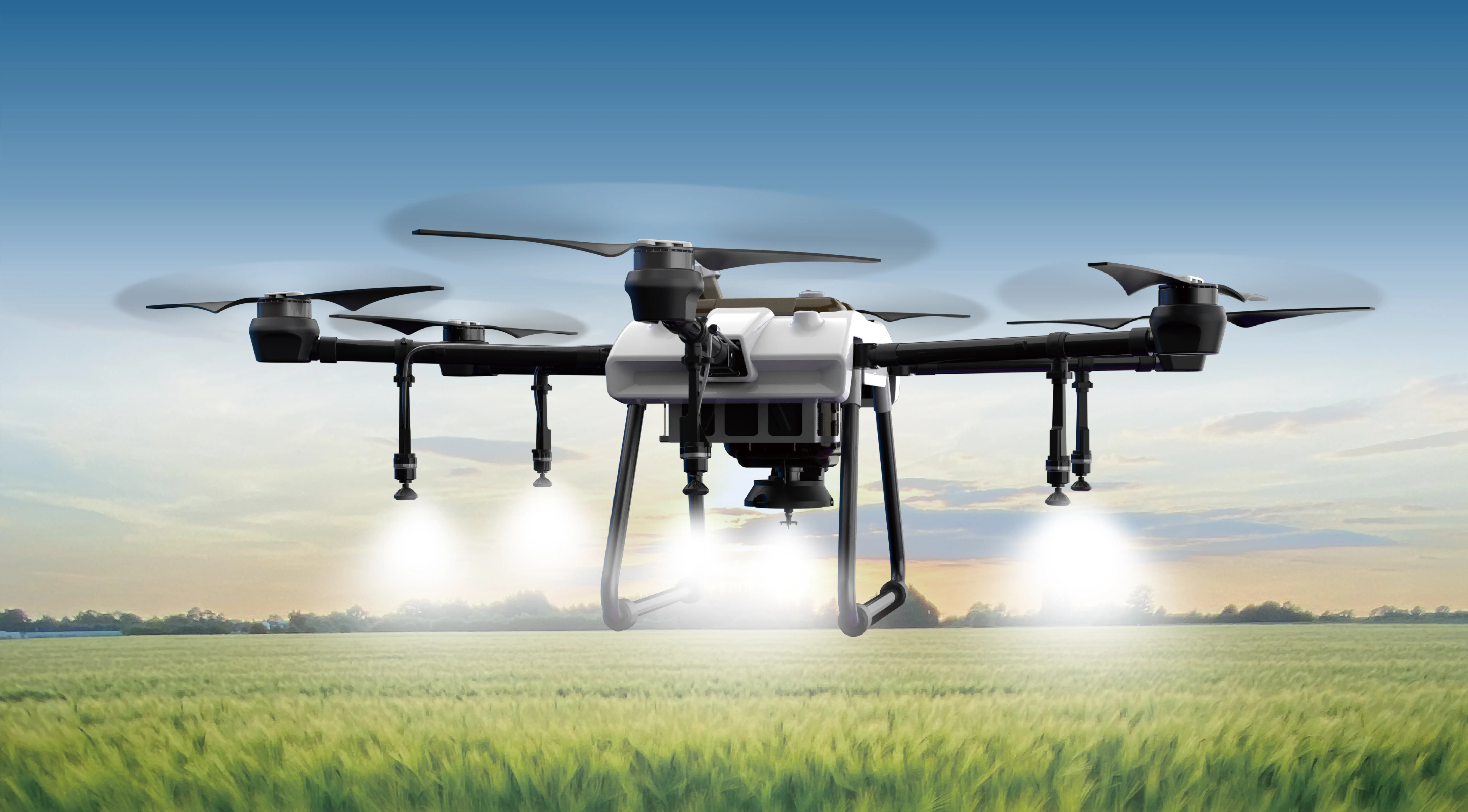Unlocking Precision: The Art and Science of Servo Motor Rotation Angles (Part 1)
Imagine a world where machines move with surgical precision, robots perform complex tasks seamlessly, and automation systems adapt dynamically to human needs. At the heart of all this technological marvel lies a critical component— the servo motor. But more than simply spinning, servo motors are masterful controllers of movement, especially when it comes to their rotation angles.

Understanding the Basics of Servo Motors A servo motor is a rotary actuator designed for precise control of angular position, velocity, and acceleration. Unlike traditional motors that run at variable speeds, servo motors excel in applications demanding exact positioning. They are commonly found in robotics, CNC machinery, camera auto-focus systems, and even drone stabilizers.
What makes a servo motor different is its integrated feedback system—usually a potentiometer, encoder, or resolver—that constantly monitors its position. This feedback creates a closed-loop system that automatically adjusts the motor’s movement to achieve the desired angle, providing high accuracy and repeatability.
The Significance of Rotation Angles The "rotation angle" of a servo motor refers to the measure of the motor's angular position relative to a reference point, often expressed in degrees. For example, a servo might rotate from 0° to 180°, 0° to 360°, or any specific range set by the control system.
Why is this important? Because many applications depend on exact positioning rather than just turning on and off. Think about robotic arms assembling tiny electronic components or a camera’s autofocus lens precisely aligning itself. In these scenarios, knowing and controlling the rotation angle is crucial for operational success.
How Rotation Angle Is Controlled Controlling a servo’s rotation angle involves a feedback loop that compares the current position with the desired position, adjusting the motor’s movement continuously until they match. The process is akin to steering a car—if you turn the wheel slightly to the right, your car veers in that direction, and the feedback system makes further adjustments to keep you on course.
In practice, the control signal—often a Pulse Width Modulation (PWM) signal—is sent from a microcontroller or control circuit. For most hobbyist servos, a pulse every 20 milliseconds controls the position, with pulse widths typically ranging from 1ms to 2ms corresponding to specific angles, like 0° to 180°.
Range of Rotation and Limitations Most standard servos have a rotation range of 0° to 180°, but specialized variants can rotate continuously (like a wheel) or have a broader angular sweep. High-precision servos used in industrial applications may rotate from -90° to +90°, or even 0° to 270°, depending on design.
However, mechanical limitations and internal gears restrict their maximum rotation. Exceeding these limits may damage the servo. Therefore, controlling the rotation angle within safe boundaries is fundamental—whether for a robotic arm reaching for a distant object or a camera lens adjusting focus smoothly.
Application Examples Highlighting Rotation Angle Significance
Robotics: A robotic arm assembling delicate electronics requires precise angular positioning at each joint to ensure accurate placement. Camera Systems: Autofocus and zoom mechanisms depend on meticulous control of lens rotation angles for clear images. Aerospace: Satellite solar panels tilt with exact angles to optimize sunlight capture, relying on servo motors for movement control. Industrial Automation: Conveyors and sorting equipment use servos to position items accurately along complex pathways.
Challenges in Managing Rotation Angles While servo motors are incredibly versatile, managing their rotation angles isn't without challenges. Variations in supply voltage, mechanical wear, and gear backlash can introduce errors. Calibration becomes vital to maintain accuracy over time.
Temperature fluctuations can also affect feedback sensors, leading to drift in the perceived position. Advanced control algorithms and robust feedback mechanisms help compensate for these effects, ensuring reliable performance.
Emerging Technologies in Servo Rotation Control Innovations like digital servo controllers, sensorless feedback, and machine learning algorithms promise even more precise and adaptable rotation angle management. For instance, integrating magnetoresistive sensors allows for higher accuracy in feedback, expanding the capabilities of servo systems.
Additionally, the development of compact, lightweight servos with enhanced rotation ranges facilitates applications in miniature robotics, wearable devices, and aerospace systems where size and weight are critical.
Wrapping Up Part 1 In essence, the rotation angle control of servo motors is a blend of electromechanical finesse and sophisticated feedback systems. It’s a critical factor that transforms simple motors into intelligent actuators capable of performing complex, high-precision tasks across various sectors. As technology advances, our mastery over rotation angles will only improve, unlocking new potentials for automation and innovation.
Leveraging innovations in modular drive technology, Kpower integrates high-performance motors, precision reducers, and multi-protocol control systems to provide efficient and customized smart drive system solutions.




































